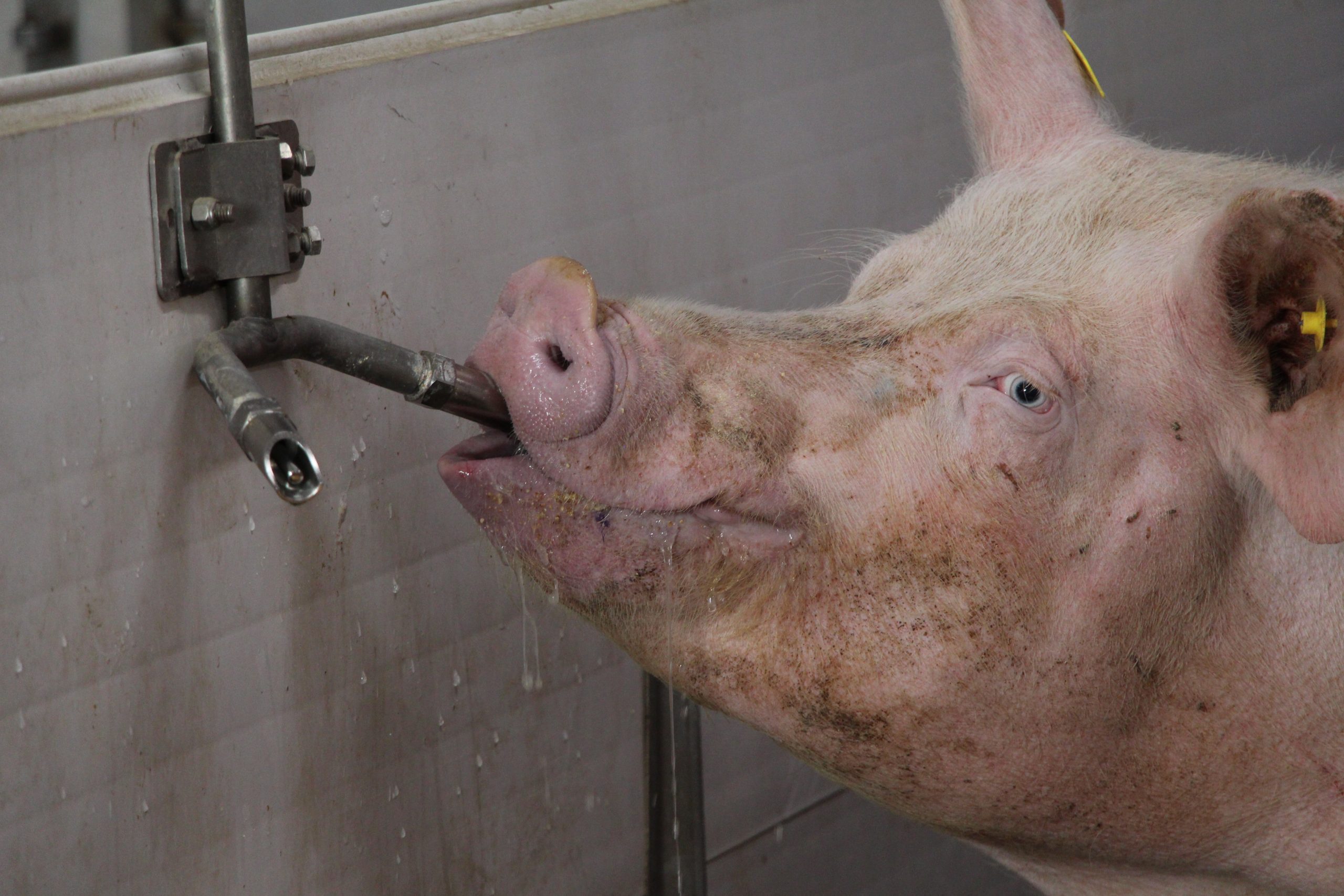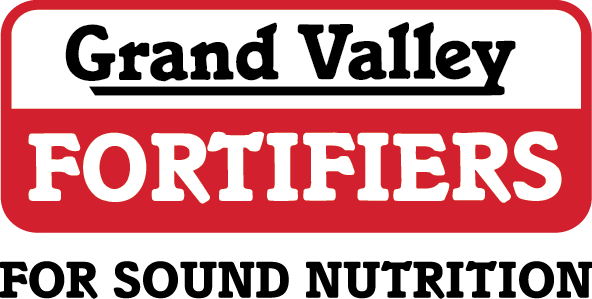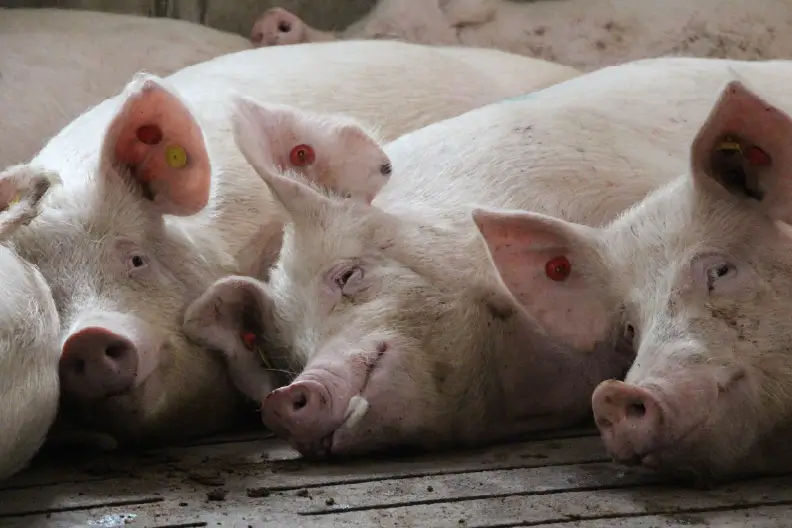Monogastric Nutritionist
Grand Valley Fortifiers
With temperatures on the rise and higher prevalences of heat waves around the globe, heat stress in sows is a true concern. When a sow is exposed to high temperatures, she will try to combat the environmental heat through reducing the heat she produces. To do this, a sow will decrease her feed intake to limit heat produced from digestion.
Additionally, she will reduce blood flow to places like the gastrointestinal tract and mammary gland to allow for more blood to flow to the periphery of the body dissipate heat. This reduction in feed intake and blood flow creates a negative effect on sow performance through decreased nutrient intake, which increases body condition losses and reduces milk production in lactation. It also creates inflammation and oxidative stress in the body, leading to leaky gut in the gastrointestinal tract (Liu et al. 2022). Additionally, heat stress can impact the reproductive performance of the sows, reducing the amount and quality of oocytes released prior to breeding, higher occurrences of anestrus, and longer wean to estrus intervals, all leading to lower farrowing rates and reduced litter size in the following lactation (Liu et al. 2022).
With temperatures on the rise and higher prevalences of heat waves around the globe, heat stress in sows is a true concern. When a sow is exposed to high temperatures, she will try to combat the environmental heat through reducing the heat she produces. To do this, a sow will decrease her feed intake to limit heat produced from digestion.
Additionally, she will reduce blood flow to places like the gastrointestinal tract and mammary gland to allow for more blood to flow to the periphery of the body dissipate heat. This reduction in feed intake and blood flow creates a negative effect on sow performance through decreased nutrient intake, which increases body condition losses and reduces milk production in lactation. It also creates inflammation and oxidative stress in the body, leading to leaky gut in the gastrointestinal tract (Liu et al. 2022). Additionally, heat stress can impact the reproductive performance of the sows, reducing the amount and quality of oocytes released prior to breeding, higher occurrences of anestrus, and longer wean to estrus intervals, all leading to lower farrowing rates and reduced litter size in the following lactation (Liu et al. 2022).

Providing energy from nutrients that produce a lower amount of heat during digestions, such as dietary fat, can ensure proper energy density of the diets during times of elevated heat in the summer. Ingredients that are high in fibre produce high amounts of heat when digested, however fibre is important for dry sows to ensure proper satiety, therefore it is important to balance fibre to provide satiety while minimizing heat production. High levels of crude protein can also produce larger amounts of heat when digested. It has been shown that reducing crude protein while maintaining ideal amino acid ratios through crystalline amino acid inclusion was able to reduce the amount of heat that is produced (Zhang et al. 2020). Additionally, providing increased levels of antioxidants, like vitamin E and selenium, can help reduce the impact of oxidative stress on the gastrointestinal tract that can occur during heat stress. Identifying the signs of heat stress in your sows and implementing strategies to help mitigate the effects, this allows sows to continue to be productive throughout the heat of the summer and all year round.
Contact your Nutritionist or Livestock Business Consultant today to plan your heat stress mitigation strategies.
References:
Liu, F. , W. Zhao, H.H. Le, J.J. Cottrell, M.P. Green, B.J. Leury, F.R. Dunshea, A.W. Bell. 2022. Review: What have we learned about the effects of heat stress on the pig industry?. Animal. 16:sup2.
Zhang, S., J.S. Johnson and N.L Trottier. 2020. Effect of dietary near ideal amino acid profile on heat production of lactating sows exposed to thermal neutral and heat stress condition. Journal of Animal Science and Biotechnology. 11:75.
This article was written for the Summer 2025 Swine Grist. To read the whole Swine Grist, click the button below.

